Understanding the basics: Types of pickleball backhand shots
Understanding the various types of backhand shots is essential for any player looking to elevate their game. There are several key shots that serve different strategic purposes, and each one demands its own unique mechanics.
1. Backhand drive
This shot is often described as your fundamental backhand, characterized by its straightforward approach. The backhand drive is a powerful shot aimed at penetrating your opponent’s defenses. When executed correctly, it can generate significant speed and depth, catching your opponent off-balance.
2. Backhand slice/chip
In contrast to the drive, the backhand slice or chip is a more nuanced shot, often deployed to soften the pace of the game. By using a slicing motion with your paddle, you can create a low trajectory that forces your opponent into making a challenging return. This type of shot is particularly valuable when you aim to disrupt your opponent’s rhythm.
3. Backhand drop
The backhand drop shot is like a gentle breeze, lulling your opponent into a false sense of security. This finesse shot can change the dynamics of a point in an instant, as it requires delicate touch rather than brute force.
4. Backhand volley
Lastly, the backhand volley can be likened to a tactical strike in warfare, designed to gain the upper hand at the net. Executing a backhand volley involves quick reflexes and impeccable paddle control, allowing you to return a ball before it bounces.
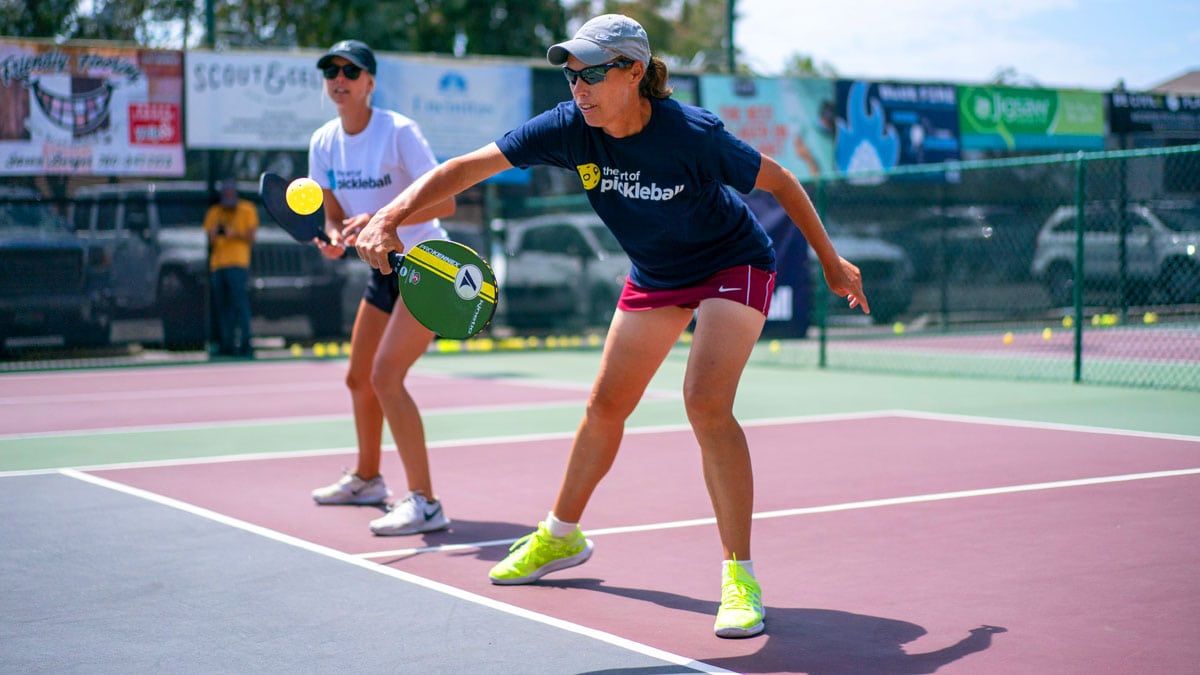
Each type of shot has its own strategic importance, and recognizing when to use them can significantly enhance your performance on the court.
Getting a grip: Choosing the right backhand grip
The grip is one of the most vital aspects of executing a successful backhand. A proper grip not only ensures accuracy but also empowers the player with swing versatility.
Continental grip
The continental grip is often heralded as the go-to choice, especially for beginners. This grip is versatile, allowing players to easily switch between shots, whether they need to drive the ball or toss in a delicate slice. To achieve this grip, hold the paddle as if you’re shaking hands with it relaxed yet firm.
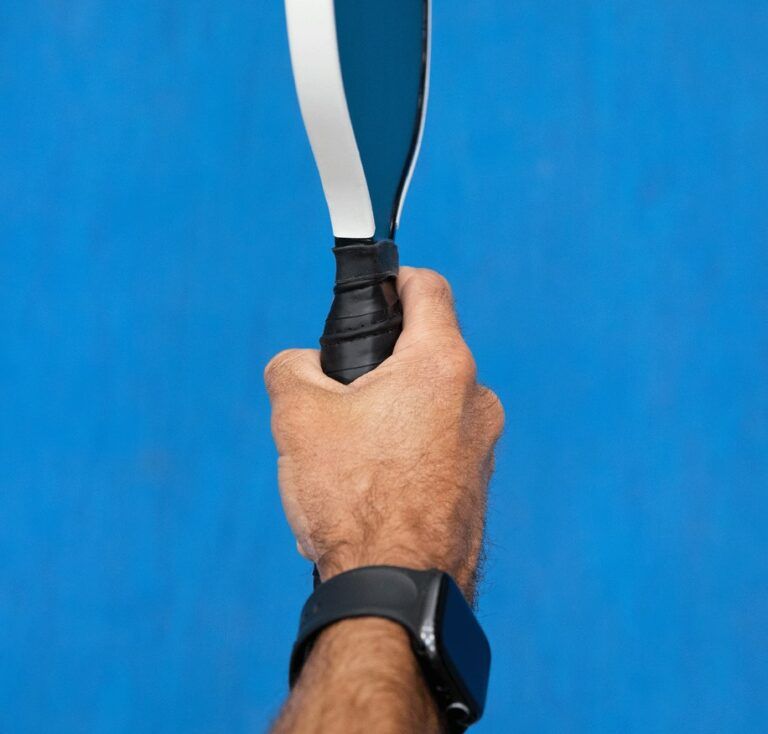
Eastern grip
On the other hand, the eastern grip is another option that can amplify power and topspin for backhand drives. This grip typically places the paddle face in a more upward position, allowing for a natural upward swing that helps generate pace.

Common mistakes
When starting, many players inadvertently adopt grips that don’t suit their playstyle. For instance, holding the paddle too tightly can restrict fluidity, while a loose grip may lead to control issues. The goal is a balance: strong enough to maintain grip but relaxed enough to allow wrist movement.
By focusing on the right grip, you set a solid foundation for the subsequent steps in perfecting your technique.
Setting up for success: Stance and body positioning
The significance of your stance cannot be overstated when it comes to executing an effective backhand shot. A strong base combined with ideal body positioning creates a more accurate and powerful strike.
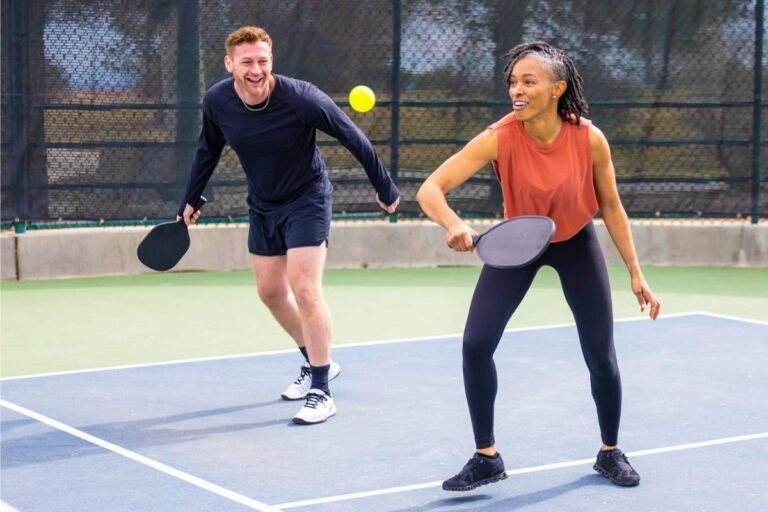
Ready position
Begin by adopting a proper ready position, which involves standing with your feet shoulder-width apart. Your knees should be slightly bent as you stay ready on the balls of your feet, signaling your mobility across the court.
Body pivot
As the ball approaches, pivot your body, turning your non-dominant side toward the net. This rotation is crucial it’s like winding up a spring before releasing the tension. The greater the rotation of your shoulders and hips, the more power you can generate with your shot.
Closed stance benefits
Emphasizing a closed stance during backhand shots allows for better balance and weight transfer. Unlike an open stance, where your body might be more exposed, a closed stance helps protect your position while allowing for a more compact swing.
Establishing these foundational elements will bolster your backhand and give you the confidence necessary to take charge of rallies.
Smooth swing, solid contact: Backhand swing mechanics
The swing mechanics of executing a backhand shot can be likened to a rhythmic dance. When harmonized, these movements produce a fluid result that resonates with control and power.
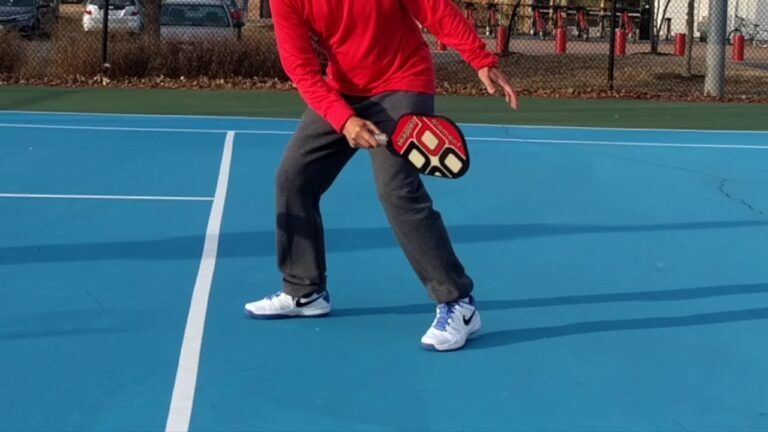
Low-to-high swing path
To craft a successful backhand, focus first on your swing path. Employing a low-to-high approach allows you to generate topspin, which can result in a higher net clearance and a softer landing on your opponent’s side.
Arm extension and contact point
As you swing, extend your arm fully to make contact with the ball in front of your body. The ideal contact point is just before the hip, ensuring that your paddle face is angled correctly to impart the desired spin.
Concentration on these mechanics transforms every backhand into a potential game-changing shot, where precision meets power.
Finishing strong: The importance of follow through
The follow-through in your backhand execution is akin to the resolution of a great crescendo in music it encapsulates the entire movement and dictates the outcome.
Completing the swing
Following through means allowing your paddle to continue its path even after hitting the ball, ideally finishing high. This elevated follow-through not only helps with directional control but also reinforces the topspin effect.
Avoiding over-rotation
While it’s critical to finish high, be cautious of over-rotation. This common pitfall can lead to direction errors, causing the ball to veer wide or into the net. Keeping your upper body aligned and maintaining a stable lower body helps negate this risk.
The follow-through is not merely an afterthought; it's an integral component that shapes the effectiveness of your backhand.
Avoiding pitfalls: Common backhand mistakes and how to fix them
Even with diligent practice, common mistakes can plague beginners learning the backhand. Recognizing these pitfalls allows players to focus on improvement proactively.
Wrist flicking
A frequent issue is wrist flicking, where players subconsciously rely on their wrist instead of their core muscles for power. To remedy this, focus on using your body’s rotation rather than just your wrist.
Timing and contact point
Another critical error involves hitting the ball too close to the body, which often leads to suboptimal contact. Practicing stepping into the shot will create more room for a clean hit, while ensuring you meet the ball at its peak before it descends.
Follow-through issues
Neglecting the follow-through can also diminish shot effectiveness. A simple drill to emphasize this is to practice hitting against a wall, focusing on how high you finish each stroke.
By pinpointing and addressing these typical errors, players can dramatically enhance their backhand capabilities.
One hand or two? Choosing the right backhand technique
The debate between using a one-handed or two-handed backhand is akin to choosing different weapons in a arsenal, each offering unique advantages and potential drawbacks.
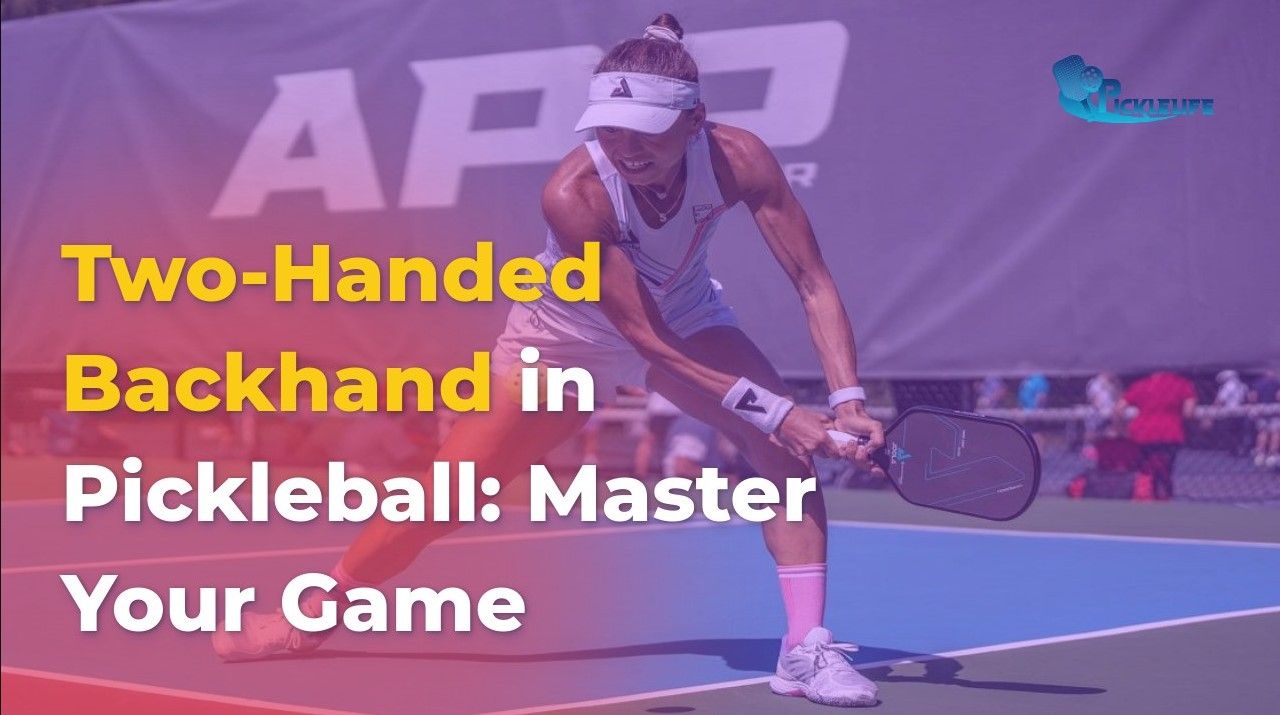
One-handed backhand
Utilizing a one-handed backhand provides a greater reach and the ability to generate angles. However, it demands more precision and finesse. This technique is often preferred by advanced players who can effectively transfer their body weight into the shot.
Two-handed backhand
Conversely, the two-handed backhand is generally favored among beginners due to its additional support. The two-handed grip is believed to offer more control, especially for returning powerful shots.
Transitioning techniques
For beginners starting with a two-handed backhand, transitioning to a one-handed technique may become viable as skill develops. Engaging in drills focused on arm strength and precision will assist players in making this change seamlessly, enhancing both versatility and adaptability on the court.
Ultimately, the decision lies in personal comfort and style; understanding each will allow players to adapt their techniques to fit their individual gameplay dynamics.
Taming the net: Mastering the backhand volley
The backhand volley stands as one of the most critical skills for players who frequent the net. It requires a unique blend of precision and timing.
Paddle control
At the forefront of executing a successful backhand volley is paddle control. Accurate contact with the “sweet spot” of your paddle will enhance consistency.
The punch volley technique
One effective technique for beginners is the punch volley. This method emphasizes a firm but short swing, applying quick power to achieve speed without overexerting effort.
Avoiding paddle rotation
A common challenge many players face is paddle rotation during volleys. This can lead to inconsistent strikes. Keeping your paddle stable through the impact zone allows for clean shots that can put pressure on your opponent.
Fine-tuning the backhand volley can significantly improve your effectiveness around the net, transforming you into a formidable presence in doubles play.
The secret weapon: unleashing the backhand roll
The backhand roll is a hidden gem in many players' arsenals. It is both offensive and defensive, making it an incredibly versatile shot.
Grip and stance
To execute a backhand roll effectively, the grip remains vital. Use the eastern grip, which accommodates a rolling motion. The stance should be similar to other backhand shots, with your feet shoulder-width apart for a robust base.
Swing path for topspin
A key element of the backhand roll lies in the swing path. By adhering to a low-to-high motion while ensuring the angle remains steep, players can generate impressive topspin on the shot. This topspin can create a higher bounce on the opponent’s side, catching them off guard.
Placement strategies
Placement plays a crucial role in maximizing the impact of your backhand roll. Targeting corners or placing the shot just over the net can force your opponent to stretch, paving the way for easy follow-up shots.
Learning to integrate the backhand roll into your gameplay can dramatically alter your approach, enhancing both your defensive and offensive strategies.
Practice makes perfect: backhand drills for beginners
Consistent practice is indispensable in honing any skill, and there’s a wealth of drills designed to fortify your backhand. Here, we’ll outline a progressive training regimen ideal for beginners.
1. Wall drills
Start with wall drills where you hit against a wall, allowing for immediate feedback on contact and distance. Focus on maintaining proper form and follow-through.
2. Shadow drills
Next, consider shadow drills, which emphasize proper mechanics without hitting the ball. Visualize the ball in your mind while executing the swing to ingrain muscle memory.
3. Partner drills
Finally, engage in partner drills, exchanging backhand shots to develop timing and accuracy. As you feel more comfortable, introduce variations in speed and angle to simulate game-like scenarios.
By incorporating these drills into your practice regime, you can cultivate a formidable backhand that complements your overall game strategy.
Boost your game: The mental game of the backhand
In addition to physical techniques, the psychological aspect of executing a backhand cannot be overlooked. It’s often said that sports are as much about mental prowess as they are about physical skill.
Building confidence
To enhance your mental game, begin by establishing a foundation of confidence. Visualize successful shots and positive encounters on the court. This mental reinforcement can translate into performance during critical matches.
Developing patience
Moreover, cultivating patience is vital. Backhands, particularly against formidable opponents, can require strategic thinking. Acknowledging the importance of waiting for your opportunity rather than forcing a return will ultimately serve you well.
Managing mistakes
Understand that mistakes are part of the learning process. Implementing visualization techniques can help you shift focus from errors toward cultivating strategies to overcome challenges. This proactive mindset can enhance performance and reduce anxiety.
Integrating these mental techniques into your training regime can produce seismic shifts in your overall gameplay.
Conclusion
In the intricate landscape of pickleball, the backhand serves as a pivotal shot that can elevate the performance of any player, particularly beginners. Through diligent practice, understanding various techniques, and avoiding common pitfalls, players can transform their backhand from a liability into a strategic weapon. Embrace the journey of mastering this crucial skill, and watch as your confidence flourishes alongside your gameplay. The fulfillment that comes from executing a perfect backhand combines the essence of sportsmanship, personal growth, and the sheer joy of the game. Remember, persistence is key; with commitment and passion, you can crown yourself as a “backhand boss” in the vibrant world of pickleball.










